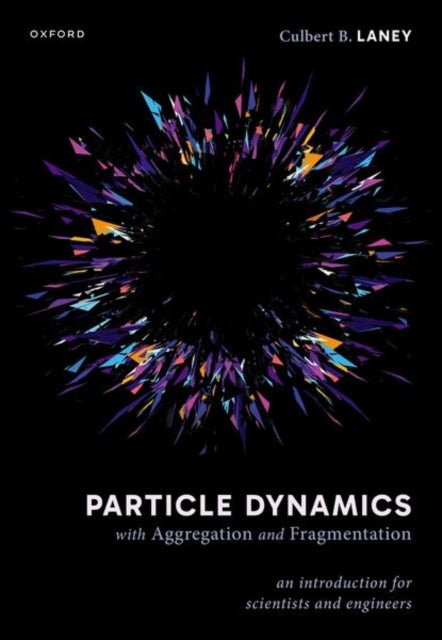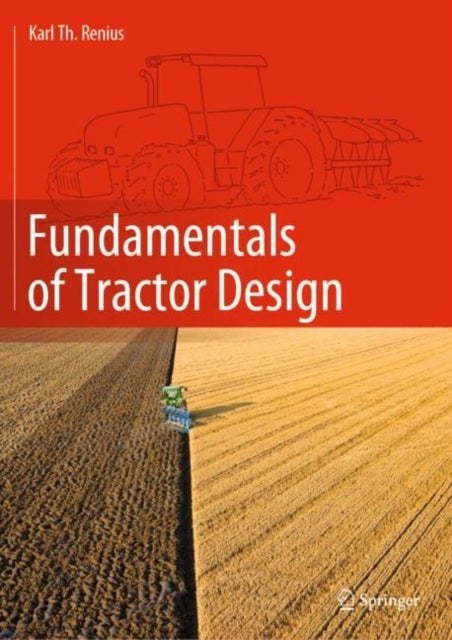
Particle Dynamics with Aggregation and Fragmentation av Culbert B. (Affiliate Faculty Department of Mechanical Engineering George Mason University and
1599,-
Particle dynamics with aggregation and fragmentation occurs in almost every branch of science and engineering. Examples include the formation of stars and planets in astrophysics, the formation of colloids and polymers in chemistry, the formation of raindrops and snowflakes in meteorology, the formation of fuel sprays in mechanical engineering, impact damage to aircraft and satellites in aerospace engineering, and drilling and blasting in civil and mining engineering.This is one of the first textbooks to give particle dynamics with aggregation and fragmentation a full treatment, putting it on an equal footing with fluid dynamics and solid mechanics. To help readers understand the connections to fluid dynamics, this book shows how particle dynamics occurs in ideal gases, granular gases, and fluid turbulence. Instead of relying on empirical results that apply only under specific circumstances, the book uses broad physical principles such as conservation of mass, momentum, and energy. The








